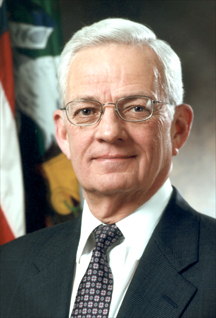April 18, 2020
Tribute to Paul O’Neill

The greatest and most effective safety leader of our time (and hero to me) died this morning in Pittsburgh. It is a huge loss to the community of people who value organizational leadership, and in particular, workplace safety.
Paul O’Neill had more positive influence on how leaders think about workplace safety than anyone else in the past 50 years. He will be remembered for the many senior leadership roles he took on, but his legacy in the organizational world will be about the profound affect he had on safety leadership. Workplace safety wasn’t a means to an end for Mr. O’Neill, it was an end in itself; one that made sense to the well- being of the organization.
What was unique about Paul O’Neill as a safety leader, is that he found a through line that connected his personal value for the dignity and respect due each individual worker, with the best interest of the organization he led. This bright line was the value he gave to providing a safe workplace. It was the right thing to do, he led it personally, and it was good for the organization. There are a few heroes out there in the organizational world, Edwards Deming, Peter Drucker, some others, but no one else influenced how leaders think about worker safety in the way Paul O’Neill did.
The reason worker safety was so important to him is that he saw it as a part of the way good organizations provided joy and meaning, personal dignity, to the worker. He believed that this level of respect was due every worker in the organization, and keeping them safe was the responsibility of each leader. If you couldn’t do that, how could you possibly address other more complex issues.
Across his career starting with International Paper, on to Alcoa and then the Department of the Treasury, the dominant theme of the organizational leadership he provided was worker safety. Over a period of ten years or more he focused on teaching this value to healthcare leaders, who often found the concept too difficult to make progress on given their unique circumstances. Following the Space Shuttle Columbia tragedy, NASA’s leader Sean O’Keefe consulted with Paul and found inspiration and direction on how to assess and rebuild the culture NASA needed.
Working with Paul was a learning experience. His approach to safety leadership was straightforward; keeping workers safe was a requirement he demanded from the organization. He gave his phone number to workers and told them to call him if they saw hazards that weren’t being addressed. He told leaders to drop budgeting for safety; “How can you have a budget for safety?”. The idea was that a safe workplace was fundamental to everything else, not one of many priorities to be considered.
To Paul O’Neill, this value for safety was more than a business strategy. It was a personal value in the genuine and real sense. After ‘retirement’ he volunteered his time and advice wherever he thought he could help. That many leaders, especially in healthcare, asked for advice but couldn’t see their way clear to take it, was a perplexing source of frustration to him.
I will greatly miss Paul O’Neill. The world of organizational safety will as well. We will all remain grateful for his leadership.


